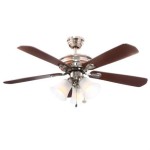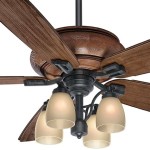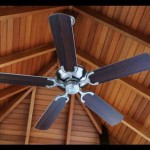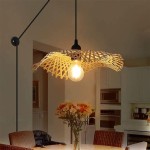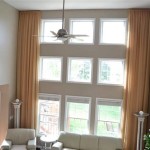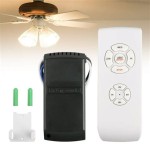Hanger Wire For Suspended Ceiling
Hanger wire is a critical component of suspended ceilings, providing support and stability to the ceiling panels. Suspended ceilings, also known as drop ceilings or false ceilings, are widely used in commercial and residential buildings for their flexibility, cost-effectiveness, and ease of installation and maintenance. Hanger wires play a crucial role in ensuring the proper performance and longevity of suspended ceilings.
Hanger wires are typically made from galvanized steel or stainless steel, providing excellent strength, durability, and corrosion resistance. They come in various diameters and lengths to accommodate different ceiling designs and requirements. The choice of hanger wire depends on factors such as the weight of the ceiling panels, the span between supports, and the desired ceiling height.
The installation of hanger wires involves suspending them from the structural ceiling above. This can be achieved using various methods, including:
- Top-hat channels: These are metal channels attached to the structural ceiling, providing a track for the hanger wires to slide into.
- Tee bars: These are main runners that form the framework of the suspended ceiling. Hanger wires can be attached directly to the tee bars using wire clips or saddles.
- Grid suspension: This method involves using a grid of wires or rods to suspend the ceiling panels. Hanger wires are connected to the grid at regular intervals.
Once the hanger wires are in place, the ceiling panels can be installed. The panels are typically made from lightweight materials such as fiberglass, gypsum, or metal. They rest on the hanger wires and are secured using clips or other fastening devices.
Hanger wires play a crucial role in the performance of suspended ceilings. They provide adequate support to the ceiling panels, ensuring they remain level and stable over time. Proper installation and maintenance of hanger wires are essential to prevent sagging, vibration, or other issues that can compromise the integrity of the ceiling.
Here are some additional considerations for hanger wire selection and installation:
- Wire diameter: The diameter of the hanger wire should be sufficient to support the weight of the ceiling panels and any additional loads, such as lighting fixtures or HVAC equipment.
- Wire spacing: The spacing between hanger wires should be appropriate for the span between supports and the weight of the ceiling panels. Closer spacing provides better support but requires more materials.
- Wire tension: Hanger wires should be properly tensioned to ensure adequate support without overstressing the wires or the ceiling panels.
- Corrosion resistance: Hanger wires should be corrosion-resistant to withstand moisture and other environmental factors that can weaken the wire over time.
By carefully selecting and installing hanger wire, contractors and homeowners can ensure the proper functioning and longevity of their suspended ceilings. Hanger wires are a vital component of suspended ceiling systems, providing the necessary support and stability to create a durable and aesthetically pleasing ceiling.

Suspended Main Beams With Hanger Wire Installation Armstrong Ceilings

Suspended Ceiling Wire Hangers Vulcan

How To Install A Suspended Ceiling Vulcan Wire

Hanger Wire For False Suspension Ceiling Adjustable Made In Com

Ceiling Hanging Wire Weight Kit 600g Suspended Cable Displays

Everbilt 12 Gauge 100 Ft Hanger Wire 805344 The Home

How To Tie Hanger Wire For A Drop Ceiling

Wire Hanging Systems Suspension Kits

Suspended Ceiling T Grid Hanging Wire Accessories Tee Made In Com

Suspend It 8850 12 Gauge Hanging Wire 100 Foot Roll For Suspended Ceiling Ebay

